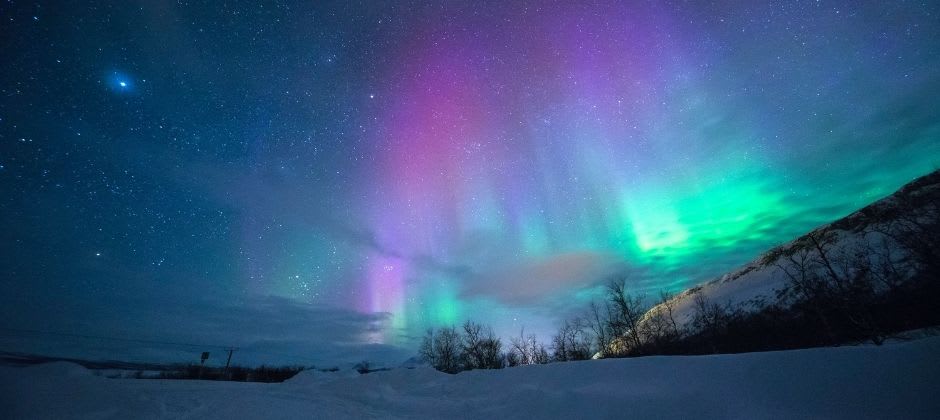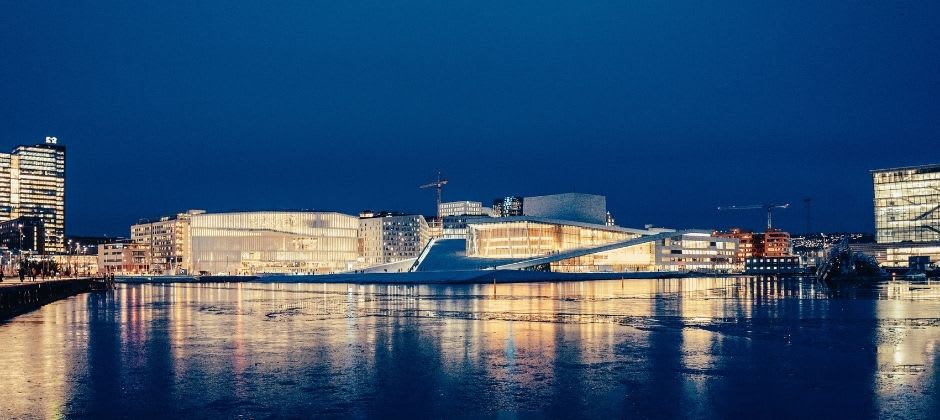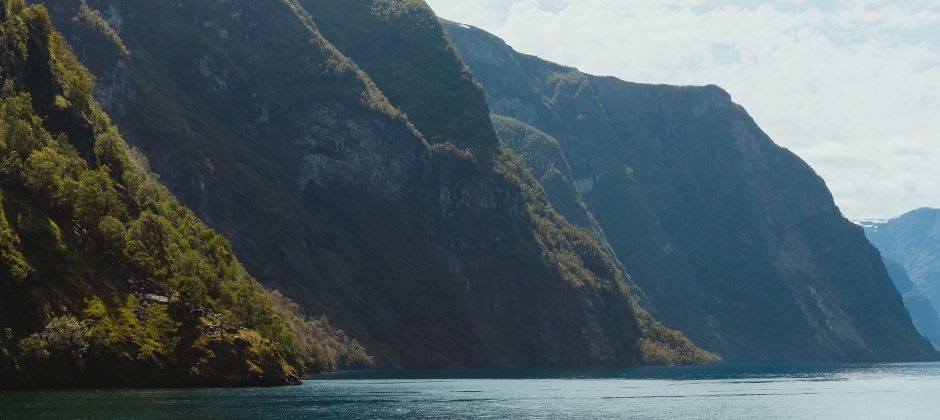Study in Norway: Language & Culture
Norway has two official languages: Norwegian and Sami. There are two main dialects of Norwegian: Bokmål and Nynorsk. They’re quite different. Most international students choose to learn Bokmål as it's the more widely spoken dialect.

Norway has two official languages: Norwegian and Sami. There are two main dialects of Norwegian: Bokmål and Nynorsk. They’re quite different. Most international students choose to learn Bokmål as it's the more widely spoken dialect.
Sami refers to a group of similar ancient languages spoken by the Sami, the indigenous people of Norway. It’s an official language, but you probably won’t have much contact with it unless you’re studying in somewhere like Tromso, Longyearbyen or Kirkenes.
As is the case across Scandinavia, English is widely spoken in Norway. It may be their second language, but many Norwegians speak it like natives.
When Norwegians aren’t impressing you with their English skills, they’ll want to show you their country’s incredible nature, something which Norway is renowned for.

The Norwegian Fjords are known for their sharp cliffs, sweeping mountains and crystal blue waters. They run from Bergen all the way up to the border with Russia, meaning that you’re probably never too far from a fjord. Away from the coast, Norway is also covered in dense pine and spruce forests, for those who enjoy woodland.
Norwegian winters can be harsh, with heavy rain, snow and ice. Be sure that you have a sturdy umbrella, a thick, warm winter coat and a good pair of snow boots. Svalbard and parts of mainland Norway also have polar days and nights. This means that you can enjoy the midnight sun in June, but you won’t see any daylight in December. The seemingly endless summers more than make up for the winters.

For LGBT students, Norway is an extremely welcoming place. Pride events take place across the country each summer. Norway was the first country in the world to enact anti-discrimination legislation and same-sex marriage has been legal since 2009.
As for crime, the rate is low in Norway, although pickpocketing can occur in the Grünerløkka district of Oslo. The risk of terrorism is also low in Norway, adding to its safety.
Overview
Norway is known as the Land of the Fjords. But there is so much more to this country than just is natural beauty. This section gives you an overview of what it's like to study in Norway.
Education in Norway
Want to learn about how the higher education system works in Norway? Norway is a popular destination for a variety of students, given its diverse programs, free education and its culture and history. Take a minute to find out more about the structure of the education system in Norway!
Student Visas & Permits
Do you need a visa to enter Norway to study? Learn more about the student visa process, and what you need to enter the country, depending on your citizen status. You will also be required to bring certain documents with you to passport control at the airport, which we cover as well.
Housing & Living Costs
Norway is considered more expensive compared to other countries in Europe. We’ve detailed average living and housing costs so that you can get a better idea of what you would be paying as a student in Norway
Tuition Fees & Scholarships
Tuition fees for degree programs in Norway may vary. However, in general, education at public universities is free for all students. To cover the rest of the costs, there’s plenty of scholarship opportunities.
Application Process
The deadlines to apply for the autumn semester at most universities are in June, however, international students are strongly advised to apply as early as possible and to leave time for sorting out the details.
Programs
Ready to look at education in Norway? Use our search engine to find and compare top programs in Norway.

Keystone Team
Author
The Keystone Team is comprised of experienced educators and advisors dedicated to providing valuable resources and advice to students all over the world.